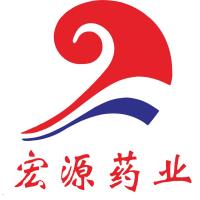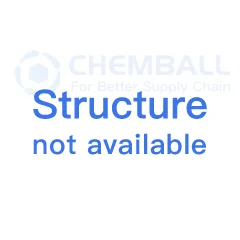
Product introduction:
Molecular formula: C2H2O2
Structural formula:

Features: White transparent liquid, specific gravity 1.26. Soluble in water, ether and ethanol. The chemical properties are very active, and it is easy to polymerize into a white resin-like solid.
CAS code: 107-22-2
Execution standard: Enterprise internal control standard Q/HY.J0205-2004 (Add enterprise standard form, including glyoxal, alcohol, formaldehyde, acid, etc.)
Product content: 40% aqueous solution
Packing: 250KG/plastic drum, or according to customer requirements.
Shelf life and storage requirements: 12 months (stored in a dark, cool place)
The main purpose:
Product application: It can form acetals with compounds containing hydroxyl groups. It is mainly used as raw materials for glyoxylic acid, M2D resin, imidazole and other products, as well as insoluble adhesives for gelatin, animal glue, cheese, polyvinyl alcohol and starch, etc., and artificial Shrinkage inhibitor for silk, etc. In recent years, with the rapid development of applications in medicine, textiles, and daily-use building materials and the substantial improvement in the quality of domestically produced glyoxal, the use and dosage of glyoxal have become more and more extensive. In medicine, it is mainly used for special cyclic imidazole drugs, such as metronidazole, dimetridazole, imidazole, etc.; in terms of intermediates, it is mainly used as glyoxylic acid, D-p-hydroxyphenylglycine, allantoin, benzene Enzyme pharynx, berberine, etc.; among them, the improvement of the quality of domestically produced glyoxal promotes the localization of the follow-up product L-p-hydroxyphenylglycine, breaks the foreign monopoly, and provides high-quality and low-cost raw materials for the antibiotic industry in my country. Played a role in benefiting the country and the people. In light textile, it is mainly used as garment finishing agent, 2D resin, M2D resin, etc.; in paper industry, it is mainly used as sizing agent to increase the wet strength of paper; in polymer chemistry, it is a very effective cross-linking factor , Used as a crosslinking agent; in the construction industry, used as a cement curing agent to improve the solidification strength, used to treat landslides, prevent soil loss and prevent landslides.
Colorless or yellow crystals or liquids with deliquescent properties. Soluble in ethanol and ether, soluble in water. It is chemically active and can undergo addition or condensation reactions with ammonia, amides, aldehydes, and carboxyl-containing compounds. Glyoxal is mainly used in the textile industry. As a fiber treatment agent, it can increase the shrinkage and wrinkle resistance of cotton, nylon and other fibers. It is a durable pressing finishing agent. In Japan, this use accounts for 80% of the total consumption of glyoxal. Glyoxal is an insoluble binder such as gelatin, animal glue, cheese, polyvinyl alcohol and starch. Glyoxal is also used in the leather industry and for making waterproof matches. Glyoxal is a raw material for organic synthesis. 2D-resin is obtained by heating and condensing acetaldehyde, urea and formaldehyde in the presence of sodium carbonate, which is used as fabric finishing agent; glyoxal reacts with formaldehyde and ammonium sulfate to synthesize imidazole, and then synthesize imidazole antifungal drug clotrimazole, Miconazole, etc.; Glyoxal and o-phenylenediamine cyclization to obtain benzopyrazine: it is an intermediate of the anti-tuberculosis drug pyrazinamide. Hydroxyphenyl acetic acid produced from glyoxal has been industrially produced in Japan and used as an intermediate for antibiotics and vitamin A series products. Glyoxal is also used in the synthesis of berberine hydrochloride and the sulfa drug sulfamethoxazine. It is also used in insecticides, deodorants, corpse preservatives, and sand curing agents.













